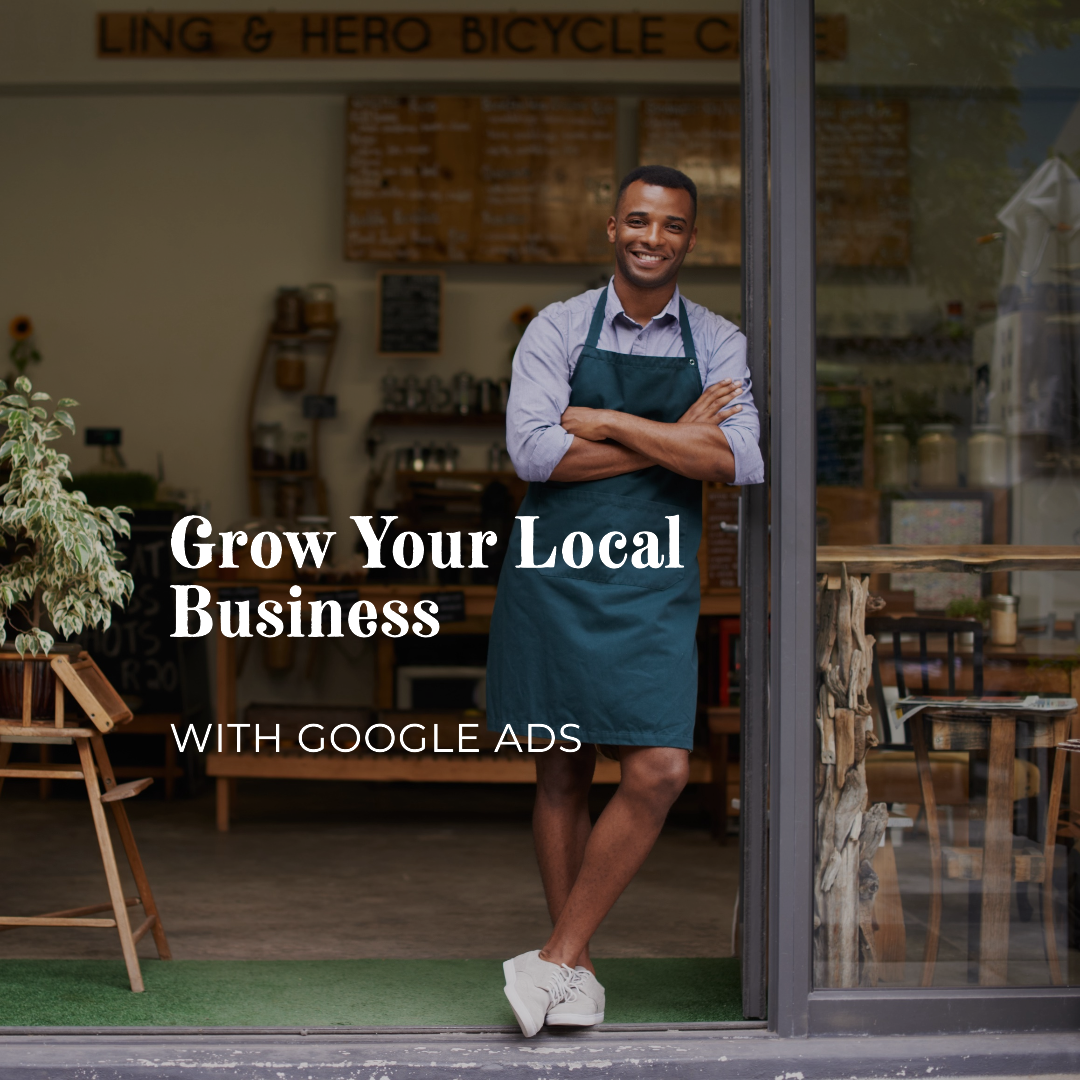In today’s competitive digital landscape, local businesses must find effective ways to reach their target audiences. Google Ads, with its advanced targeting options and ad formats, has become a powerful tool for local business growth. But how can you ensure that your Google Ads campaigns drive real results, like increased foot traffic and online conversions? This guide will walk you through proven strategies and best practices for using Google Ads to boost your local business.
Why Google Ads is Essential for Local Business Growth
Google Ads provides local businesses with the ability to reach potential customers exactly when they’re searching for products or services. With options like location targeting, local service ads, and call extensions, Google Ads can help you stand out in a crowded market.
Key Benefits of Google Ads for Local Businesses
- Precise Targeting: Reach customers in specific geographic areas.
- Measurable Results: Track the performance of your ads in real time.
- Budget Control: Set daily budgets and adjust bids to maximize ROI.
- Increased Visibility: Appear at the top of search results when customers are looking for your offerings.
Understanding the Core Features of Google Ads for Local Businesses
To fully leverage Google Ads for local business growth, it’s essential to understand the core features that can drive your success.
Location Targeting
Location targeting is a powerful tool that allows you to show your ads to customers in specific areas, such as cities, regions, or even a radius around your business. By focusing on local customers, you ensure that your ads are seen by those most likely to visit your business.
Pro Tip: Use geo-targeting to create location-specific campaigns. For example, if you have multiple business locations, tailor your ads to highlight each location’s unique offerings.
Local Service Ads
Local Service Ads (LSAs) are designed specifically for service-based businesses, such as plumbers, electricians, and real estate agents. LSAs appear at the top of Google search results, and you only pay when a customer contacts you directly through the ad.
Advantages of Local Service Ads:
- Higher Trust: LSAs include a Google Guarantee badge, which builds trust with potential customers.
- Pay Per Lead: You only pay for genuine leads, not clicks.
- Simple Setup: LSAs are easier to set up than traditional Google Ads campaigns.
Call Extensions and Click-to-Call Ads
For local businesses, phone calls are often a key conversion metric. Call extensions and click-to-call ads make it easy for customers to call your business directly from the search results.
Best Practices:
- Schedule Call Extensions: Ensure your call extensions are active during business hours.
- Track Calls: Use call tracking to measure the success of your call-based campaigns.
Google My Business Integration
Google My Business (GMB) is a free tool that allows you to manage your business’s online presence across Google, including Search and Maps. Integrating GMB with your Google Ads campaigns can enhance your local visibility and improve ad performance.
Tips for Optimization:
- Keep Your GMB Listing Updated: Regularly update your business hours, photos, and services.
- Leverage Reviews: Encourage satisfied customers to leave positive reviews on your GMB listing to build credibility.
Ad Scheduling
Ad scheduling allows you to control when your ads appear. For local businesses, this means you can ensure your ads are shown during peak business hours, maximizing the chances of converting interested searchers into customers.
Strategy: Analyze your sales data to identify the times when your target audience is most active. Use ad scheduling to focus your budget during these high-conversion periods.
Crafting Effective Ads for Local Business Growth
Creating compelling ads is key to attracting local customers. Here are some best practices to help you write ads that convert.
1. Use Localized Ad Copy
Incorporate location-specific keywords and phrases in your ad copy to resonate with local audiences. For example, instead of saying “Best Coffee Shop,” use “Best Coffee Shop in [City Name].”
Example: “Looking for the Best Pizza in Chicago? Visit [Your Business Name] Today!”
2. Highlight Unique Selling Points (USPs)
Clearly communicate what sets your business apart from the competition. Whether it’s a special offer, locally sourced products, or superior customer service, make sure your USPs are front and center in your ads.
3. Include a Strong Call to Action (CTA)
A clear and compelling CTA encourages potential customers to take the next step. Use action-oriented language like “Visit Us Today,” “Call Now,” or “Book Your Appointment.”
4. Leverage Ad Extensions
Ad extensions provide additional information and encourage engagement. Use location extensions to show your address, sitelink extensions to promote specific services, and offer extensions to highlight special deals.
Example: “20% Off Your First Visit – Click Here to Redeem!”
Optimizing Google Ads Campaigns for Maximum Impact
Even the best ads need ongoing optimization to achieve the desired results. Here’s how you can refine your Google Ads campaigns for local business growth.
1. Monitor and Adjust Bids
Regularly review your campaign performance and adjust bids based on the results. If certain keywords or ad groups are performing well, consider increasing your bids to capture more traffic.
2. A/B Testing
Test different ad copy, images, and CTAs to see what resonates best with your audience. A/B testing can help you identify the most effective strategies for driving conversions.
Insight: Continuous testing and optimization can significantly improve your campaign’s performance over time.
3. Utilize Negative Keywords
Negative keywords prevent your ads from showing for irrelevant searches, saving your budget for the clicks that matter. For example, if you own a high-end restaurant, you might want to exclude searches for “cheap dining.”
4. Focus on Mobile Users
With the majority of searches now happening on mobile devices, it’s crucial to ensure your ads are optimized for mobile. This includes using mobile-preferred ads, optimizing landing pages for mobile users, and enabling click-to-call features.
Current Trend: Mobile-friendly ads and websites are essential for capturing the growing number of on-the-go searchers.
5. Analyze and Improve Quality Score
Google’s Quality Score is a measure of the relevance and quality of your ads, keywords, and landing pages. A higher Quality Score can lead to lower costs and better ad placements.
Tip: Improve your Quality Score by aligning your ad copy with the keywords and ensuring your landing pages provide a seamless user experience.
Google Ads Help Center – Location Targeting”: Learn more about location targeting in Google Ads to optimize your campaigns for local business growth. This guide from Google provides detailed instructions on how to set up and adjust location targeting for your ads.
Conclusion
Google Ads offers local businesses a powerful platform to connect with potential customers and drive tangible growth. By leveraging tools like location targeting, local service ads, and call extensions, you can create highly targeted campaigns that resonate with your local audience. Remember, the key to success is continuous optimization—monitor your performance, adjust your strategies, and keep refining your approach to stay ahead of the competition.








